What are the current techniques are you currently using to defuse potential flammable situations?
What’s the driving factor that puts your little ones on the aggressive edge of no return?
Is there a parenting void that needs to be filled, such as:
- Lack of attention
- Physical abuseHow you handle this time-bomb of a situation, can make or break the bond between you and and your child.
Let’s soak up Dr. Joan Simeo Munson’s well chronicled 9 proven strategies:“I’m not allowed to bring Ben to play group anymore,” said Sarah, whose son is now five years old. “The last time we went, he bit another boy who was playing with a truck Ben wanted. And the time before that, he hit a little girl across the face. I try to tell him ‘no’ but he just doesn’t listen, so I just end up apologizing for him. I’m starting to feel like the world’s worst parent because I can’t control him when he acts out.”
As parents, few situations are more difficult to deal with than having a child who is aggressive toward other children. It can be embarrassing as well as frightening when your child bites, hits, scratches or kicks to get his or her way. It’s not uncommon for younger children to engage in this type of behavior at various points in their development and in a variety of settings. However, when it becomes very frequent or seems to be their consistent way of reacting to something they don’t like, it’s time to step in and help them change their behavior. The first step is understanding the underlying reasons why your child is choosing to act out this way. The more you understand what’s happening, the better you’ll be able to help them find other, non-aggressive ways to solve their problems.
Initially, between the ages of 18 months to 2 years, children find it extremely hard to communicate their needs to their parents, caregivers, and other children. Negative behaviors are one way they may choose to get their point across. For older children between the ages of three and six, such behaviors may be the result of never having learned appropriate, non-aggressive ways of communicating when they were faced with a difficult situation. The cause of aggressive behaviors may be due to any or all of the following:
Step in and Stop it Immediately
At the first sign that your child is about to become aggressive, immediately step in and remove him from the situation. Be careful not to give too much attention to your child so that you do not give any negative reinforcement for the bad behavior. Too much attention can include trying to “talk through” the problem. Young children are not able to hear long explanations of why their behavior was offensive. A simple yet firm statement such as, “We don’t bite” should suffice while you turn your attention to the victim. Other examples of too much attention include yelling at your child while attending to the victim, forcing your child to apologize immediately or continuing to talk to the other parents around you about how embarrassed or angry you are. Make a point of consoling the victim and ignoring the aggressor. If your child cannot calm down, remove him or her from the situation without getting angry yourself. When they are calm and ready to talk, you can discuss what happened. If it’s physically impossible to remove your child, you will have to remove yourself and the victim from the situation. By walking an age-appropriate distance away from your child after he has acted out, you are sending the message that you will attend to him when he can calm down. In doing so, you are teaching your child that it is his responsibility to learn to calm himself and act appropriately.
To get the complete article, visit Dr. Joan Semeo Munson over at empoweringparents.com (click here)



![[Video] This 2-Yr Old Tea Time With Dad is The Most Heart-Warming Thing Ever.](http://www.toddlernews.net/wp-content/uploads/2017/01/video-this-2-yr-old-tea-time-wit-2-180x135.jpg)

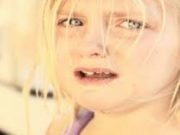
![[Video] Life For Kids With This Disability Is Challenging, Until This Life-Changing Hack](http://www.toddlernews.net/wp-content/uploads/2016/10/video-life-for-kids-with-this-di-180x135.jpg)
![[Video] How To Effectively Handle A Clingy Toddler.](http://www.toddlernews.net/wp-content/uploads/2016/09/video-how-to-effectively-handle-180x135.jpg)
![[Video] People Are Loving These 10 Value-Packed Facts About Toddlers.](http://www.toddlernews.net/wp-content/uploads/2016/09/video-people-are-loving-these-10-1-180x135.jpg)
![[Video] This 3-yr-old toddler Asked Her Four- Legged Fried to Do This And when He Does It’s The Cutest Thing.](http://www.toddlernews.net/wp-content/uploads/2016/08/video-this-3-yr-old-toddler-aske-180x135.jpg)


![[Video] You Will Laugh Yourself Silly When You See This Daring Toddler Escape.](http://www.toddlernews.net/wp-content/uploads/2016/07/video-you-will-laugh-yourself-si-180x135.jpg)
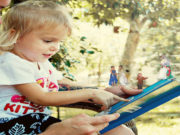
![[Shocking Report] How The NRA Has Your Toddler In The Crosshairs.](http://www.toddlernews.net/wp-content/uploads/2016/05/postnow-180x135.jpg)
![[Video] This Incredibly Exciting Audio Book Will Engage Your Toddler To Read Along.](http://www.toddlernews.net/wp-content/uploads/2016/05/video-the-incredibly-exciting-au-180x135.jpg)
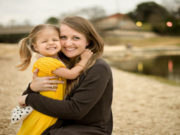
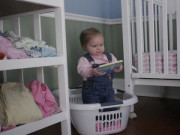
![[Video] When This Dresser Accidentally Toppled On This 2-Yr-Old I Didn’t Think He Would Live…OMG!](http://www.toddlernews.net/wp-content/uploads/2017/01/video-when-this-dresser-accident-180x135.jpg)
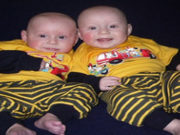
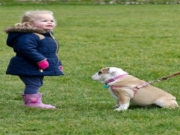
![[Video] You Might Say That These Boisterous And Spirited Twin Tots Need A Little Dinner Table Etiquette (Lol)](http://www.toddlernews.net/wp-content/uploads/2016/04/video-you-might-say-that-these-b-180x135.jpg)


![[video] The Scary Truth About This Miracle Antidote Poisoning Your Toddler.](http://www.toddlernews.net/wp-content/uploads/2016/07/video-the-scary-truth-about-this-180x135.jpg)
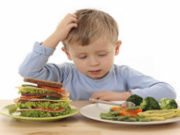
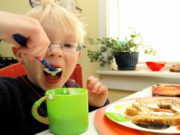
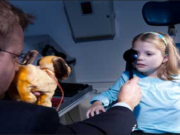
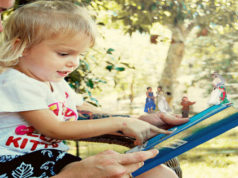
![[Shocking Report] How The NRA Has Your Toddler In The Crosshairs.](http://www.toddlernews.net/wp-content/uploads/2016/05/postnow-238x178.jpg)
![[Video] This Incredibly Exciting Audio Book Will Engage Your Toddler To Read Along.](http://www.toddlernews.net/wp-content/uploads/2016/05/video-the-incredibly-exciting-au-238x178.jpg)
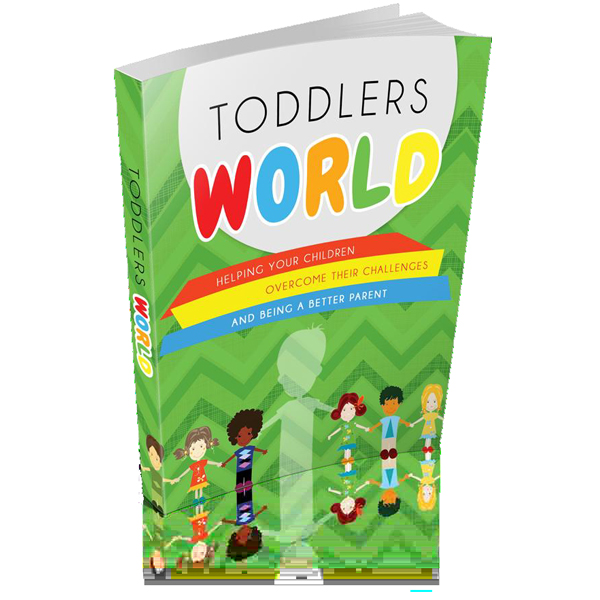


![[Video] This 2-Yr Old Tea Time With Dad is The Most Heart-Warming Thing Ever.](http://www.toddlernews.net/wp-content/uploads/2017/01/video-this-2-yr-old-tea-time-wit-2-100x75.jpg)
![[Video] When This Dresser Accidentally Toppled On This 2-Yr-Old I Didn’t Think He Would Live…OMG!](http://www.toddlernews.net/wp-content/uploads/2017/01/video-when-this-dresser-accident-100x75.jpg)

Facebook Comments Sync